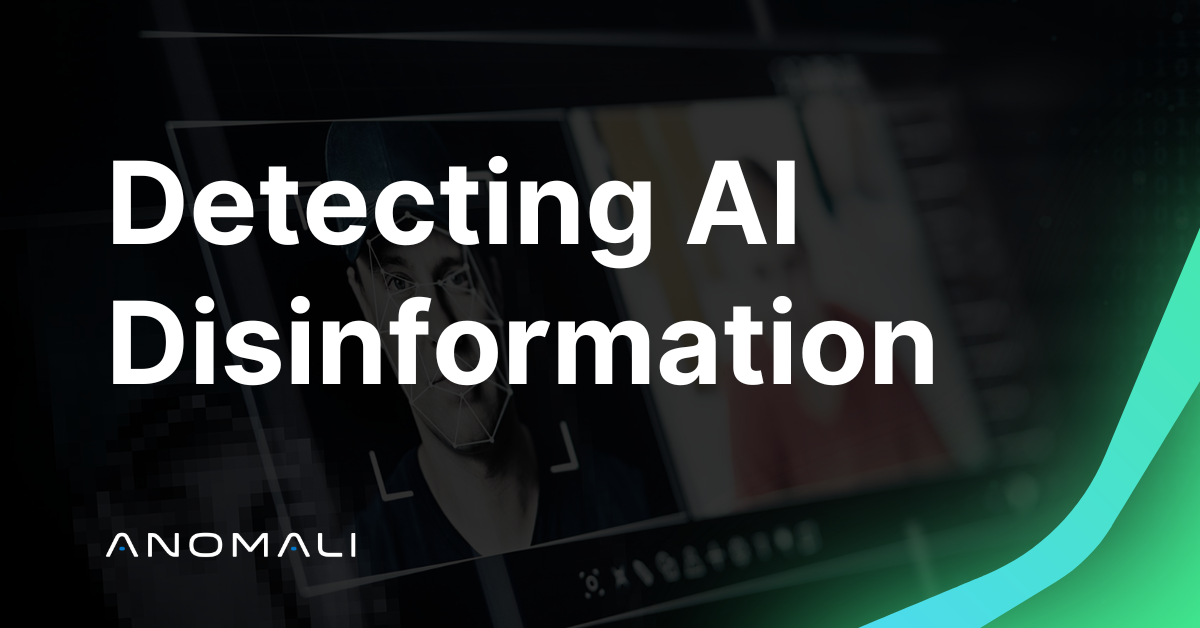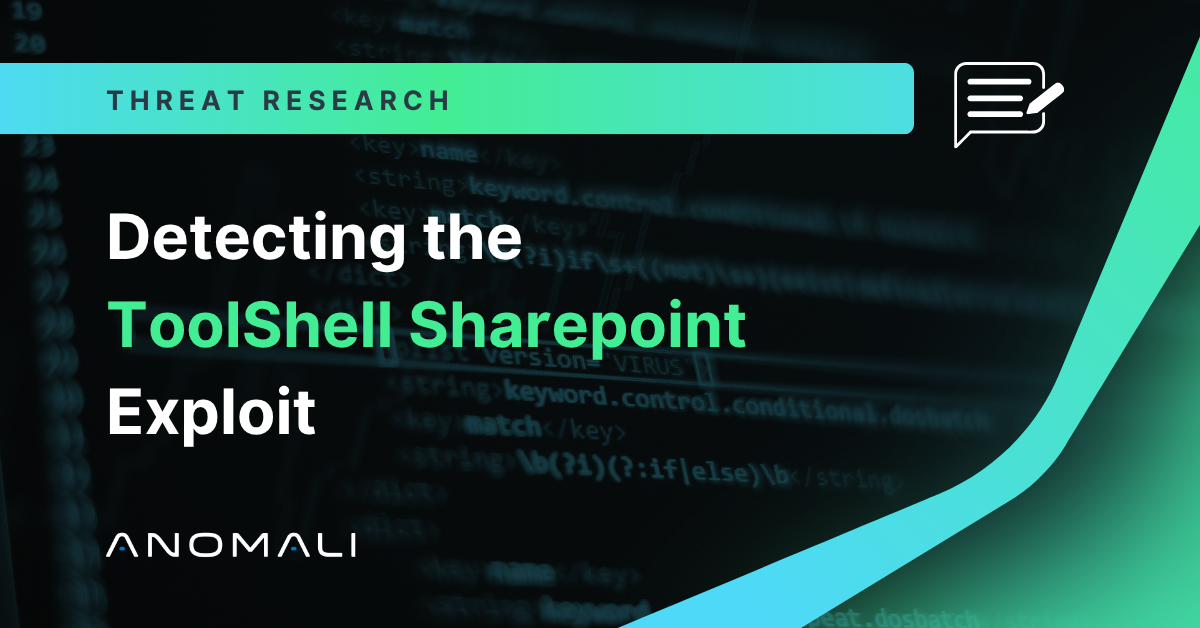A Deep Dive into Different Types of Threat Intelligence
In this blog post, we break down the differences betweeen strategic, tactical, operational, and technical threat intelligence, and explore the best ways to use them to your advantage.


Threat intelligence is the lifeblood of cybersecurity, keeping your organization abreast of emerging threats, vulnerabilities, and exploits. However, not all threat intelligence is created equal. Understanding the four main categories of threat intel and how to operationalize their strengths is key to building a superior defense.
In this blog post, we’ll break down strategic, tactical, operational, and technical threat intelligence and explore the best ways to use them to your advantage.
View from the Top: Strategic Threat Intelligence
Strategic threat intelligence provides a high-level perspective into broader threat trends, threat actors, and geopolitical risks. This intelligence is typically geared towards decision-makers — CISOs and executive management — and focuses on the “big picture.” It includes profile data about threat actors, their motivations, potential attack vectors, and likely targets. This is more than “who” and “what.” It also includes the “why.”
In security operations, strategic threat intelligence can help steer the organization’s strategy and policy decisions. For example, understanding the motives and tactics of state-sponsored actors can give you important clues about what to watch for, allocate resources more effectively, and prioritize defense mechanisms. Strategic intelligence guides investment in the security stack, evolving requirements for personnel training, and incident response planning.
View from the Trenches: Tactical Threat Intelligence
Tactical threat intelligence focuses on specific tactics, techniques, and procedures (TTPs) used in attacks. It’s the zoomed-in, transaction-level anatomy of a threat, including the tools and infrastructure the threat actors employ and the vulnerabilities they exploit. This intelligence comes from malware samples, as well as the analysis of actual incidents and adversary behavior. It is deep, technical, dense, and critically important.
This practical form of intelligence can guide the development of specific detection rules, signatures, and remediation workflows. Tactical intelligence also informs the creation of YARA rules (an open-source tool to detect and classify malware), intrusion detection system (IDS) and intrusion prevention system (IPS) signatures, and SIEM correlation rules, which all help improve the identification of malicious activities.
View from the Field Command Post: Operational Threat Intelligence
Operational threat intelligence is more specific than strategic or tactical intel. It includes information about specific cyber events, incidents, and campaigns, such as command and control (C2) servers, phishing domains, and malicious IP addresses. It is often sourced from monitored threat actor communications, such as dark web forums and social media.
Security Operations Centers (SOCs) use this “on-the-ground” intelligence to help them identify affected systems and take urgent actions for their environments, such as blocking C2 communications, taking down phishing sites, or responding to active malware infections.
View from the Front Line: Technical Threat Intelligence
Technical threat intelligence looks for IOCs that suggest an attack is underway. It includes nuts and bolts of security operations — file hashes, IP addresses, domain names, and URLs — associated with active threats or malicious activities. It differs from operational intelligence in that it is dynamic, changing in real time when attackers shift their tactics.
Security teams feed technical threat intelligence into firewalls, IDS, and endpoint detection and response (EDR) systems to detect and blacklist suspicious IPs, domains, and file hashes before they can cause harm within the network.
How Different Types of Threat Intelligence Are Used Within the Security Stack
Threat Intelligence Platforms (TIPs)
Threat Intelligence Platform, or TIPs, aggregate, normalize, enrich, and assign risk scores to incoming threat data. TIPs leverage the different types of threat intelligence in the following ways:
- Strategic threat intelligence These strategic insights contribute to a more comprehensive and actionable understanding of the threat landscape, helping executive leaders and decision-makers understand a threat’s relevance to their organizations.
- Tactical threat intelligence feeds provide TIPs with timely and enriched indicators of compromise (IOCs) and attack patterns that can be shared across the organization or with trusted partners via Information Sharing and Analysis Centers (ISACs). This enhances and accelerates the ability to anticipate and defend against specific attack methods, especially lateral movement.
- Operational threat intelligence provides TIPs with real-time alerts and updates about active threats, enabling organizations to share information about ongoing attacks and coordinate response efforts quickly. Even competing companies share this type of attack information with each other to benefit the greater good.
- Technical threat intelligence provides a centralized repository of known IOCs. TIPs aggregate this data from multiple sources to help security teams prioritize threats and streamline response efforts.
Security Information and Event Management (SIEMs)
Security Information and Event Management (SIEM) systems aggregate and analyze log data from various sources within an organization's IT infrastructure, helping to identify, monitor, and respond to potential security incidents. Some of this intel — such as indicators of compromise (IoCs) and threat actor profiles — comes from a TIP.
- Strategic threat intelligence helps SIEMs highlight contextual relevance, influences the design of correlation rules, and improves incident prioritization. Integrating strategic threat intelligence helps build more sophisticated alerting mechanisms that consider high-level threats and trends.
- Tactical threat intelligence allows for more precise alerting and detection. Security teams can configure SIEM rules to detect specific TTPs correlated to high-risk areas, reducing false positives, and improving threat detection accuracy.
- Operational threat intelligence can enhance SIEM alerts by adding detailed context. By integrating real-time threat data, analysts can correlate events and provide a more accurate picture of an ongoing attack, improving the speed and accuracy of incident detection and response.
- Technical threat intelligence is integrated into security analytics to enhance the detection of known threats. SIEM rules can use IOCs from technical intelligence feeds to generate alerts when the SIEM detects similar activity within the network.
Security Orchestration, Automation, and Response Platforms
Security Orchestration, Automation, and Response (SOAR) is a cloud-based service designed to help organizations automate some of their manual processes, such as monitoring, alerting, investigation, remediation, reporting, and compliance. SOAR relies on threat intelligence, which gives it the data it needs to execute response actions effectively.
- Strategic threat intelligence enhances SOAR’s ability to create more accurate automated workflows that are aligned with an organization's priorities and long-term goals.
- Tactical threat intelligence drives the development of automated response workflows in SOAR platforms. Knowing attackers' TTPs enables the design of automated actions that can quickly contain and mitigate incidents, such as isolating compromised endpoints or blocking malicious IP addresses.
- Operational threat intelligence enables automated, real-time responses to active threats. Automated workflows can be triggered by operational threat data, allowing for quick containment and remediation actions, such as blocking malicious IPs or disabling compromised accounts.
- Technical threat intelligence enables automated responses to known threats — such as workflows designed to automatically block or isolate entities associated with IOCs. This can significantly reduce security analysts’ manual effort.
Understanding the Holistic Threat Intelligence Ecosystem
Well-managed threat intelligence can mean the difference between a safe and productive organization and a very public faceplant. It is a critical component of modern cybersecurity, providing insights into the endless array of potential threats and vulnerabilities.
The bottom line is that having good intel is not enough: you need to be able to act on it and do so quickly enough to stop attacks before they gain traction.
The best threat intelligence solutions are purpose-built for the modern cybersecurity ecosystem. Like Anomali, they are cloud-native and leverage production-level AI as an integral part of their offering.
Ready to see how well-managed threat intelligence can transform your security posture? Request a demo.
Discover More About Anomali
Get the latest news about cybersecurity, threat intelligence, and Anomali's Security and IT Operations platform.
Propel your mission with amplified visibility, analytics, and AI.
Learn how Anomali can help you cost-effectively improve your security posture.




